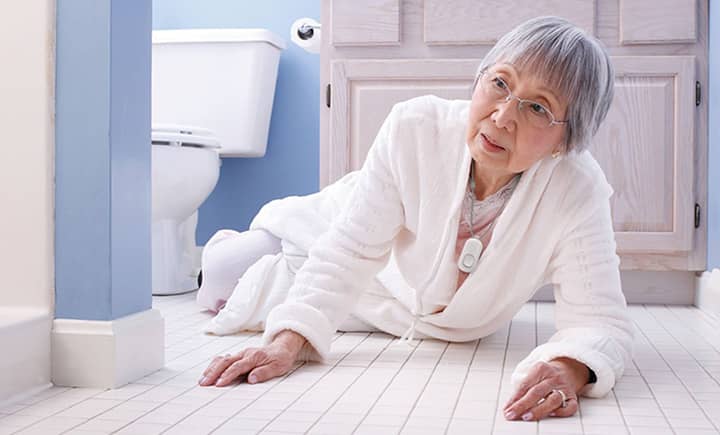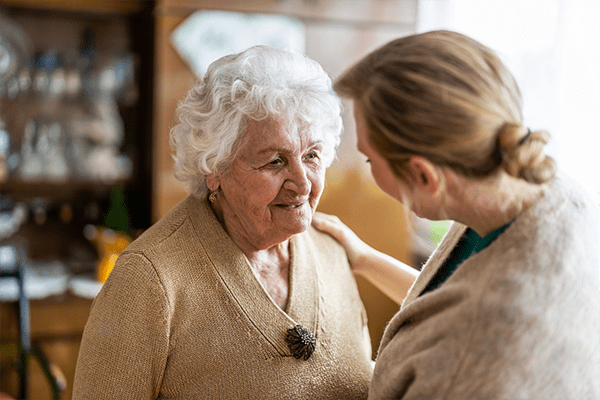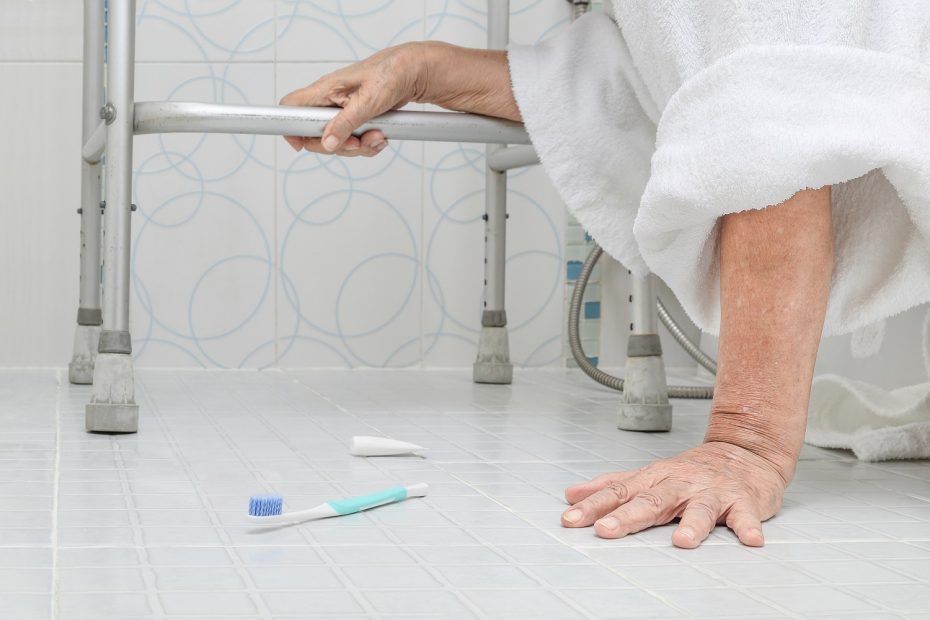As our loved ones age, ensuring their safety and independence becomes a top priority. Falls are a common concern among the elderly, and they can lead to serious injuries or even fatalities. This is where fall detection for elderly peace of mind comes into play, providing a sense of security to both the elderly and their caregivers. Utilizing advanced technology, these systems are designed to detect falls quickly and accurately, offering immediate assistance when needed.
Incorporating fall detection for elderly peace of mind into daily life not only helps prevent accidents but also boosts confidence in independent living. By understanding how these systems work and their benefits, families can make informed decisions to protect their loved ones.

Understanding Fall Detection Technology
Fall detection systems employ various technologies to monitor an individual’s movements. These technologies range from wearable devices to IoT sensors strategically placed in the home. The primary goal is to identify a fall incident accurately and prompt an immediate response. Modern systems use a combination of accelerometers, gyroscopes, and pressure sensors to distinguish between normal movements and falls.
Wearable Devices
Wearable devices, such as smartwatches and pendants, are popular choices for fall detection. These gadgets are equipped with sensors that continuously monitor the user’s movements. In the event of a fall, the device sends an alert to pre-designated contacts or emergency services.
Home-Based Sensors
For those who prefer a less intrusive option, home-based sensors can be installed. These sensors are strategically placed in various rooms to monitor the individual’s activities. They offer a non-wearable solution that maintains privacy while ensuring safety.
The Importance of Fall Detection for Elderly Safety
Falls among the elderly can lead to severe consequences, including fractures, head injuries, and a loss of independence. According to the National Institute on Aging, falls are a leading cause of injury among older adults. Implementing an effective fall detection system can significantly reduce these risks, providing peace of mind for both the elderly and their families.
Reducing Response Time
One of the biggest advantages of fall detection systems is their ability to reduce response time in emergencies. Quick intervention can prevent further injury and ensure the individual receives medical attention promptly.
Encouraging Independence
With a reliable fall detection system in place, seniors can maintain a level of independence without compromising their safety. This technology empowers them to live confidently, knowing that help is just a button press away.
Choosing the Right Fall Detection Solution
When selecting a fall detection system, it’s essential to consider the specific needs of the elderly individual and their living environment. Factors such as mobility, lifestyle, and personal preferences should guide the decision-making process.
Customization and Comfort
The chosen system should be comfortable for the user to wear or have in their home. Customizable options, such as adjustable sensitivity settings, can enhance the user experience.
Integration with Other Systems
Fall detection devices can often be integrated with other smart elderly care solutions to create a comprehensive safety network. This integration can include medical alert systems, home automation, and more.
Implementing Fall Detection in Daily Life
Integrating fall detection systems into daily routines is crucial for maximizing their effectiveness. Consistent use and proper maintenance ensure the system functions correctly when needed.
Regular Testing and Updates
Regularly testing the system and keeping it updated with the latest software is vital. This practice ensures the device operates at peak performance and can accurately detect falls.
Educating Users and Caregivers
Both the elderly and their caregivers should be educated on how to use the fall detection system effectively. Training sessions can provide valuable insights into the system’s features and operation.
Future of Fall Detection Technology
As technology advances, fall detection systems continue to evolve. Emerging trends include the use of artificial intelligence to enhance detection accuracy and predictive analytics to anticipate potential falls.
Artificial Intelligence and Machine Learning
AI and machine learning are being integrated into fall detection systems to improve their accuracy and adaptability. These technologies enable devices to learn from user behavior and adjust their detection algorithms accordingly.
Predictive Analytics
Predictive analytics can identify patterns and trends that may indicate a higher risk of falling. This proactive approach allows caregivers to take preventive measures and further ensure the safety of their loved ones.
Conclusion
Incorporating fall detection for elderly peace of mind into daily life is a proactive step towards ensuring the safety and well-being of our aging loved ones. By understanding the available technologies and their benefits, families can choose the right solution to meet their needs. With continued advancements in technology, fall detection systems will only become more sophisticated, providing even greater peace of mind.

FAQs
What is fall detection technology?
Fall detection technology uses sensors to monitor movements and detect falls, alerting caregivers or emergency services when necessary.
How do I choose the right fall detection system?
Consider factors like mobility, lifestyle, and comfort when selecting a system. Customizable options and integration with other devices can enhance the experience.
Are fall detection systems reliable?
When properly maintained and tested, fall detection systems are highly reliable. Regular updates and user education can further ensure their effectiveness.
This article contains affiliate links. We may earn a commission at no extra cost to you.






